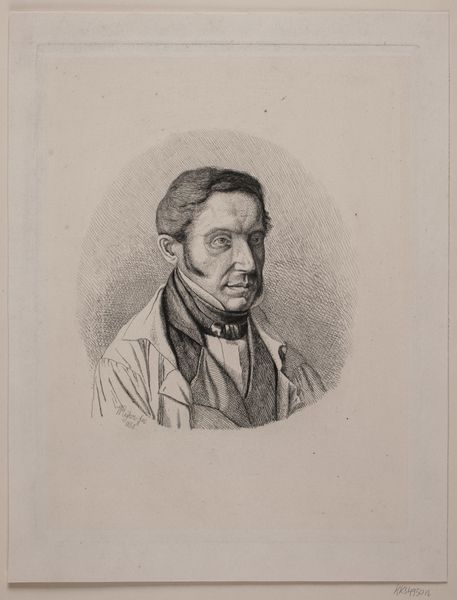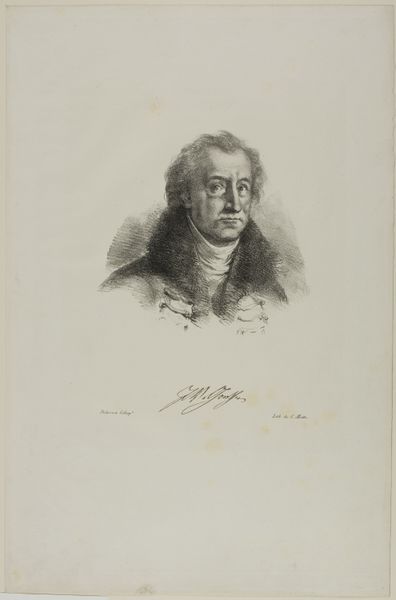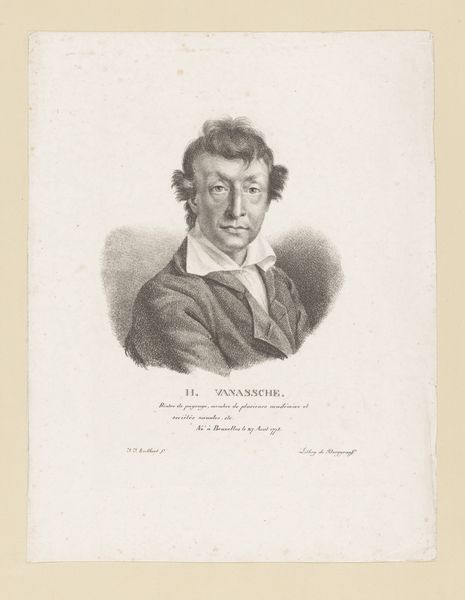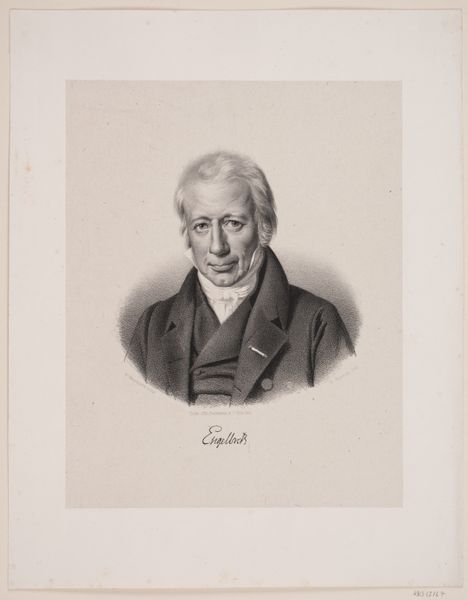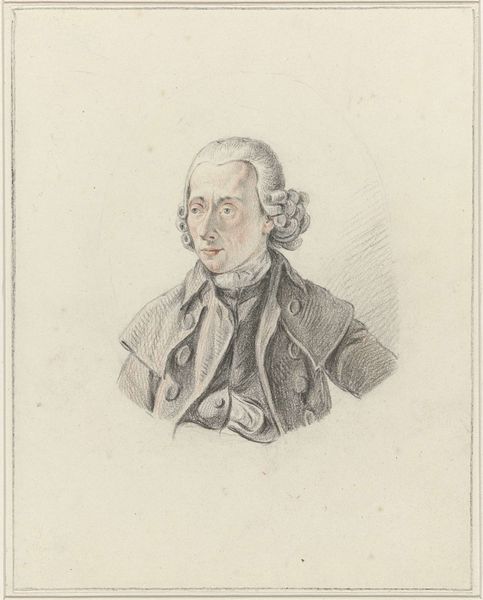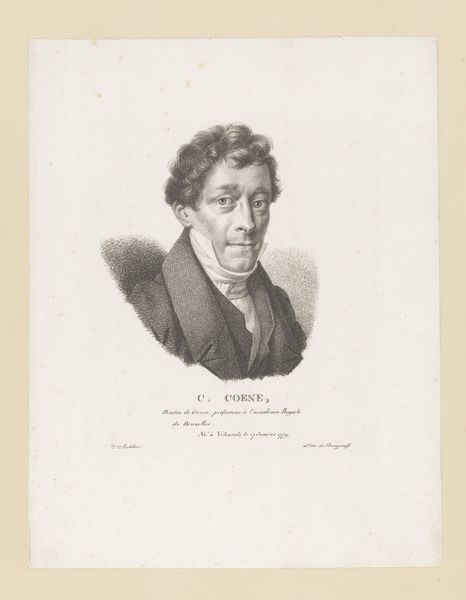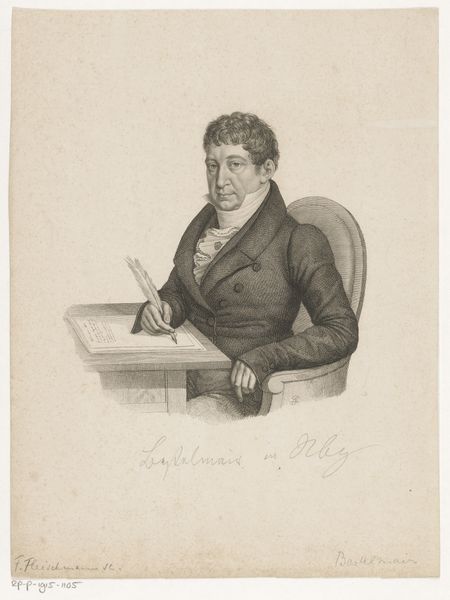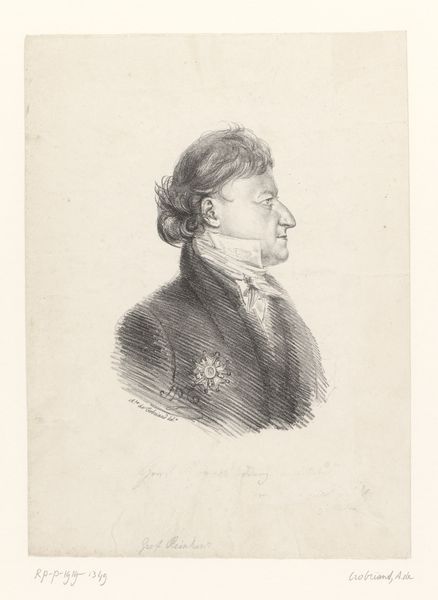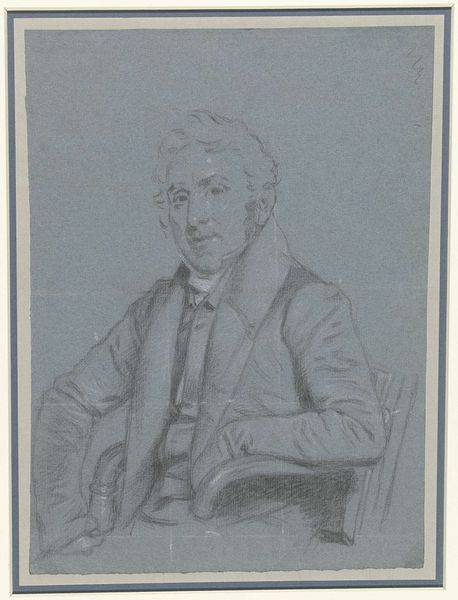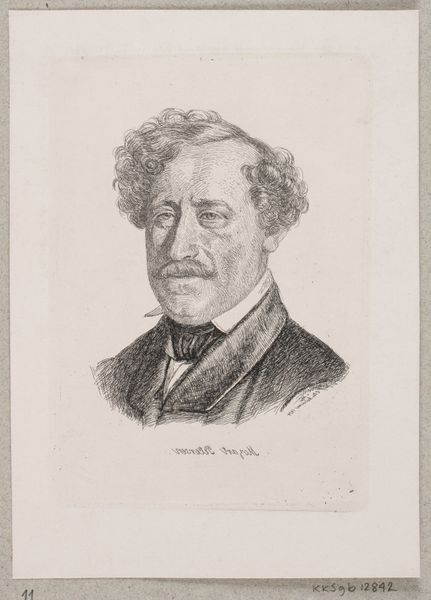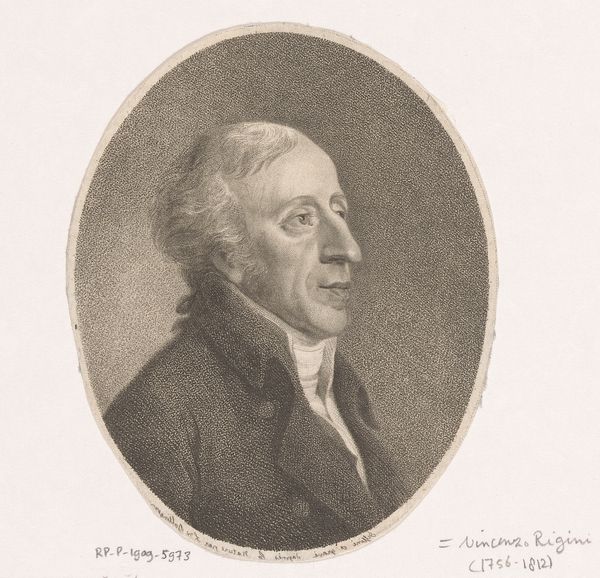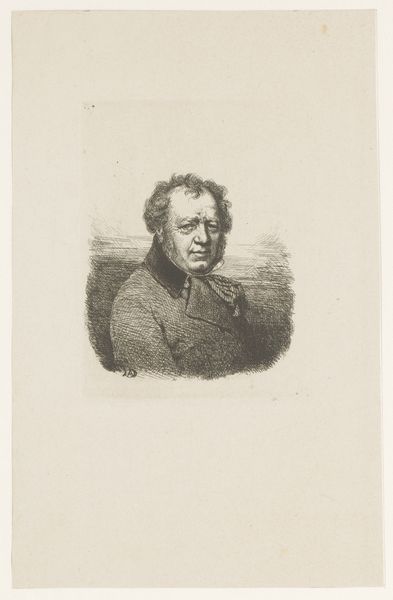
Portret van Willem Jan baron van Dedem tot de Rollecate 1842 - 1887
0:00
0:00
carelchristiaanantonylast
Rijksmuseum
#
pencil drawn
#
light pencil work
#
photo restoration
#
pencil sketch
#
portrait reference
#
pencil drawing
#
yellow element
#
limited contrast and shading
#
portrait drawing
#
pencil work
Dimensions: height 175 mm, width 125 mm
Copyright: Rijks Museum: Open Domain
Curator: What catches my eye immediately is this delicate pencil drawing of Willem Jan baron van Dedem tot de Rollecate, a work attributed to Carel Christiaan Antony Last. It’s housed here at the Rijksmuseum and believed to have been created sometime between 1842 and 1887. What do you make of it? Editor: Intimacy. It feels incredibly intimate. Almost like we’ve caught the Baron in a moment of quiet contemplation. There's a certain melancholic weight in his eyes; a sense of someone carrying the burden of… well, baron-ness. Curator: Precisely. The artist employs such light pencil work; it’s all about suggestion rather than explicit detail. Note how the minimal contrast and shading invite us to fill in the emotional gaps, project our own understanding onto the Baron. I mean, what does "Baron-ness" even look like? Last seems to say: ponder that yourself. Editor: I'm intrigued by the recurring motif of hands here. His own clasped hand and the carved wooden chair handle – both serve, for me, as strong symbolic anchors to the material world, the Baron’s lineage, perhaps. These very different tactile senses evoked… One, skin against skin, private and fragile, and the other, a smooth, sturdy wood, like a totem from the past, each creating an exquisite balance between individual sensibility and social role. Curator: That reading is spot-on! You’re teasing out a narrative of inherited identity, literally grasping at the levers of power… or just resting heavily, in this case. And this man embodies a shift in the 19th century. His face could also suggest some level of unease; the established order is being increasingly challenged in those times. Editor: There's this wonderfully fragile temporality—emphasized by the very medium of a pencil sketch – almost vanishing into the whiteness. That vulnerability is something powerful for me. This almost makes him a "modern man," open to scrutiny in a new way that subverts his claim as the all-important figure of the painting. Curator: So we have this fleeting rendering in graphite becoming a statement about social change. That's the enduring power of art, right there: this delicate portrait offers bold interpretations, far removed from the time of its making. Editor: It's remarkable how much a few pencil strokes can reveal, isn't it? Layers of identity and social upheaval captured with remarkable gentleness.
Comments
No comments
Be the first to comment and join the conversation on the ultimate creative platform.
